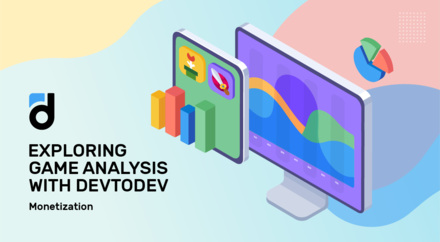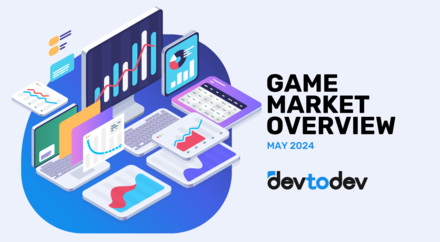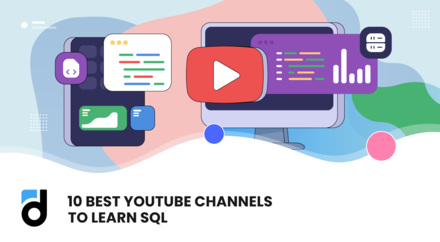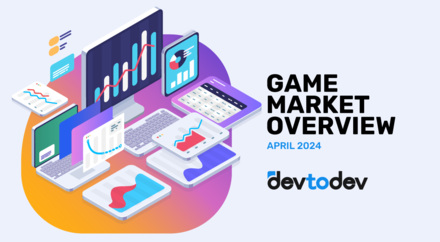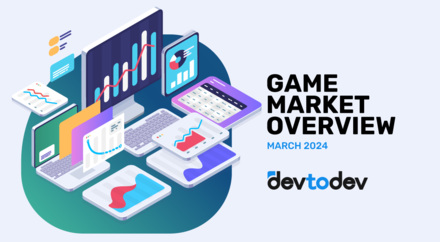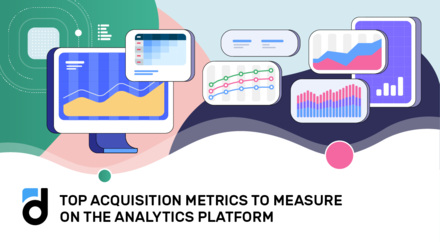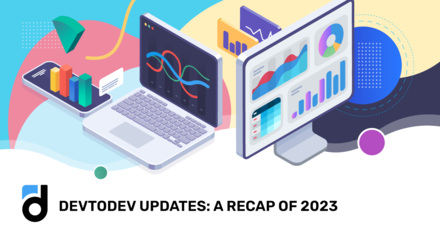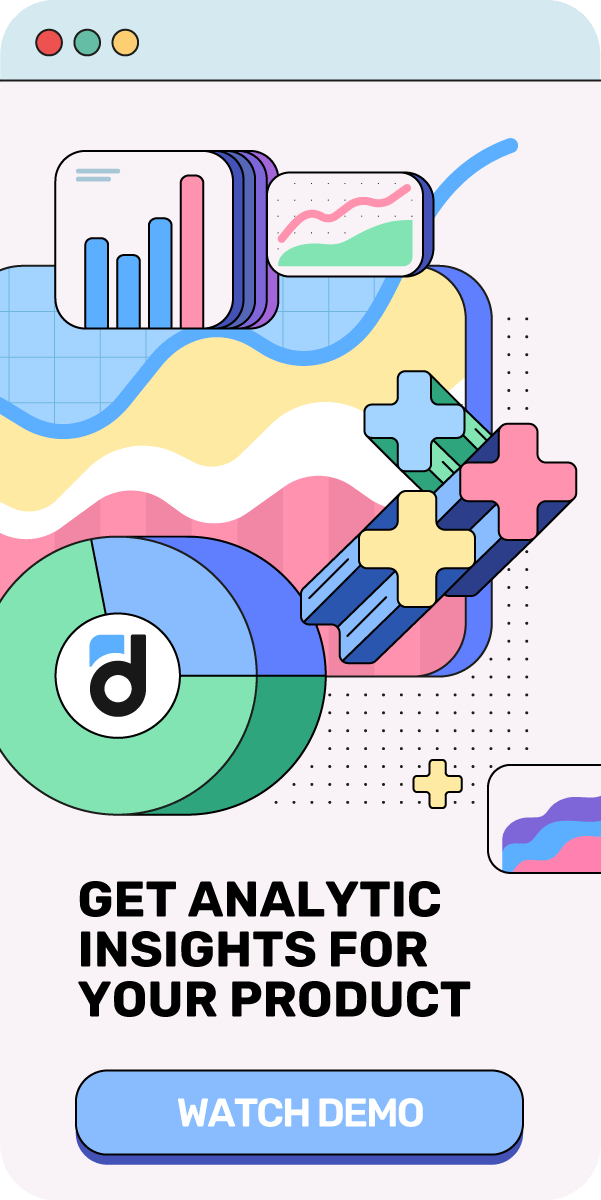If you read any stories about Sherlock Holmes or watched numerous screen versions, you probably remember the name of the method that protagonist uses in order to reveal complicated cases. Just in case you don't, let me remind you, he uses induction - the inference of a general law from particular instances, as opposed to deduction - the inference of particular instances by reference to a general law or principle. How is it possible to use the inductive method to study user behavior in our application? "Elementary!" - the hero of Sir Arthur Conan Doyle would have said. "Exactly" - devtodev platform echoes.
Image source http://www.smartdatacollective.com/sites/smartdatacollective.com/files/Sherlock-Holmes-Big-Data-Analytics-and-BI-Attivio.png.jpg)
Until recently, most analytical systems offered to work by the deductive method: all users were analysed together, and the conclusion was made about the behavior of each individual user. It is impossible to consider it a mistake, though for more accurate conclusions, we better also use the inductive method. And now devtodev service is pleased to present the new functional of analytical systems, that is based on the inductive method: analysis of user profiles.
If you aim to understand your project more precisely, first you integrate analytics and start to look at some metrics (DAU, ARPU, LTV, and so on) and reports. Does this mean that you fully understand the project you're working on? Not really. Yes, you can draw conclusions about the behavior of the majority of users, but looking at the project through the eyes of a particular user is yet to come.
To see a product from this point of view, it is necessary to track the behavior of a particular user: the actions he performs, the challenges he faces, if he understands the nature of your product. By tracking each user and learning the actions he performs within the project, you will be able to understand him better, it's no doubt.
After analyzing N users in this way, you will be able to collect the data necessary for the formulation of a number of hypotheses about the product improvement. And their number is certainly not to be less than on the basis of the analysis of metrics for the majority of users. Practice shows that N in this case doesn't need not be large: during the detailed study, on the third user - you will formulate some hypotheses, on the fifth user - define the problem, on the tenth user - the mature plans for changes and product improvement will appear.
Image source http://www.ew.com/sites/default/files/1452454622/christian-bale_0_1.jpg.jpg)
Here is another example from the work of fiction, this time it is the movie "The Big Short". The attentive viewer remembers as the hero Christian Bale explores a huge spreadsheet with a mortgage taken by each individual borrower, and then polls the most of these people, finding the future premises of the financial crisis. Banks are accustomed to evaluate the overall situation, and not every case individually, they do not believe in the approach of the end, as on the whole - the situation is excellent and nothing portends collapse. Is it not the excellent example of erroneous analysis?
As a result, the following trend is formed: many of analytical systems on the market launch the modules that provide the ability to analyze user profiles. At Localytics it is called Profiles, at Mixpanel - People, at Amplitude - User activity
At devtodev we created an advanced version of this kind of module and named it Users.
What is included in the user profile?
Firstly, it is the information that is collected by the analytical system by default:
- install date;
- language;
- country;
- time zone;
- device;
- OS version;
- traffic channel;
- application version, etc.
With this information, users can be filtered by certain parameters, and you can create segments to track their behaviour in the future. For example, you may select all users with the iPad, all users from France, all users who came from Facebook, all uses with the previous version of the application, and so on. Filters can be combined in order to focus on the pointwise-selected audience: English-speaking users from Western Europe who use the new version of the application and registered not more than two months ago.
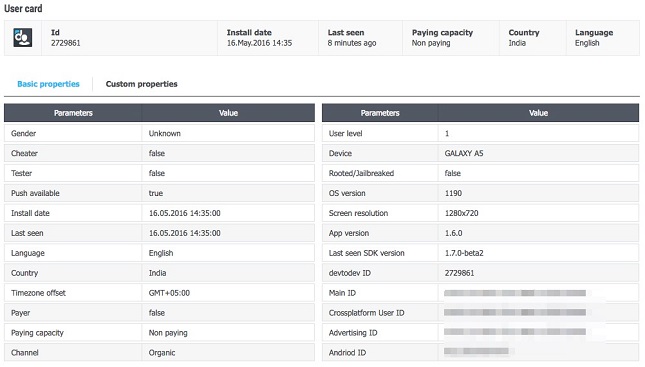
Secondly, the profiles store information about the user's payments: when he paid, how much and for what. It's like "trying on" his profile and helps to better understand the motive of his actions: why he bought this IAP, why the certain time passed between the payments and so on.
Without user profiles you can see monetization metrics, shopping statistics, and it is certainly very useful information. However, a deeper understanding is achieved due to the movement to the player's level.
Third, the user profile includes the statistics on custom events, that the user was involved in at the project. When looking at the order of those events, you sort of see the video of how a particular person is using your product.
Here are some examples of questions that can be answered using this method:
- what event usually follows the event A?
- what event precedes the event B?
- if all users are running the event C after the event D? or move to the event E?
- what events precede the user leaving the project?
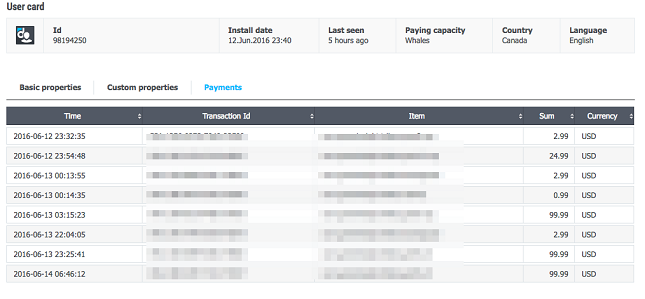
You may select all the users that entered the store in the application (performed the event "Store Entrance") and evaluate what events preceded this entry, and what was the behavior of the user after entering the store. It will become clearer how the conversion takes place from the interest in buying, to the moving directly to a purchase, and as a result to the successful execution of the payment.
Finally, the user profile includes the User Properties, which you define yourself. This can be anything: a level in the game, the group code during the A/B-test, the classification by the largest payment activity (minnow / dolphin / whale) and so on.
It is impossible to satiate the standard methods for all the projects, so most correct tactic for the analytical system will be creation of a universal set of useful parameters for tracking user actions, while leaving the client an ability to choose any other options for the analysis.
Practical use of the presence of user profiles in the analytical system is obvious, for doubters - there are the arguments:
- using this module you can make the "reverse" (or inductive) analysis, if you want. By tracking the behavior of individual users, you begin to better understand their feelings from using your product;
- you can send push-notifications to the selected users on the basis of the analysis - some systems (including devtodev) allow this.
Case study: application developers noticed that the user got stuck on some level, and sent him a notice with a hint on passing the level. It turned out that it is not the only one, and a significant number of users get stuck on the same level and then leave the application for an average of seven days. While they were all together working on the setting of the simplification of the level (they sure didn't want the users to leave the project), for all those stuck at the level the push-notifications with the obvious hint were sent. What was done for those who did not enter the game for seven days or more? That's right, a small but nice bonus in virtual currency was sent with the same push-notifications, by taking advantage of the passed parameters.
-
with the user profiles it is easy to test the integration of the analytical system. In general, the integration of the analytical system is an easy process, but quite laborious: at first it is necessary to form a set of events, with a clear understanding that these events will be sufficient for the subsequent conclusions. When the integration is completed, it requires a good test.Here, user profiles and real-time analytics functioning would be a great help: you open the app by yourself, perform a chain of events, then find your profile in the analytics and just check if the events with parameters were transferred to the system correctly. If the analytics is not properly tested, the iteration on the correction may take more than one month, which could be devoted to more necessary things.
-
finally, the confidence in the analytical system is increased. Let's assume, this very system counted something for you (for example, ARPU = $0,2), and you do not know how this value was obtained and if it could be trusted at all. As a representative of the analytical service, I'm stating that you may trust analytics, but I also understand those people, who experience mild distrust to the system, believing it being a black box. Most people who work with the data, want to download raw data, and double-check everything by hand. The presence of the user profiles increases the confidence in the analytical system: you may see not only the bare figures, but data for each user separately, and the ability to download the data enables particularly distrustful personas to calculate everything by themselves. Thus, the presence of user profiles is mutually beneficial both for the client and for the analytical system.
Thus, the analysis of user profiles simplifies life of both: the customer of the analytical system and the system itself, leaving the modern Sherlock Holmes irrelevant. The client appears to have much more opportunities to assess the actions of users, and the chief among them - is the possibility of inductive analysis (the "reverse" analysis). It is important that the system itself is also a winner, enlisting even greater confidence by the client
Look how it works on demo project, or check on real data – we offer a free trial for 30 days with access to the full functionality of the platform.


